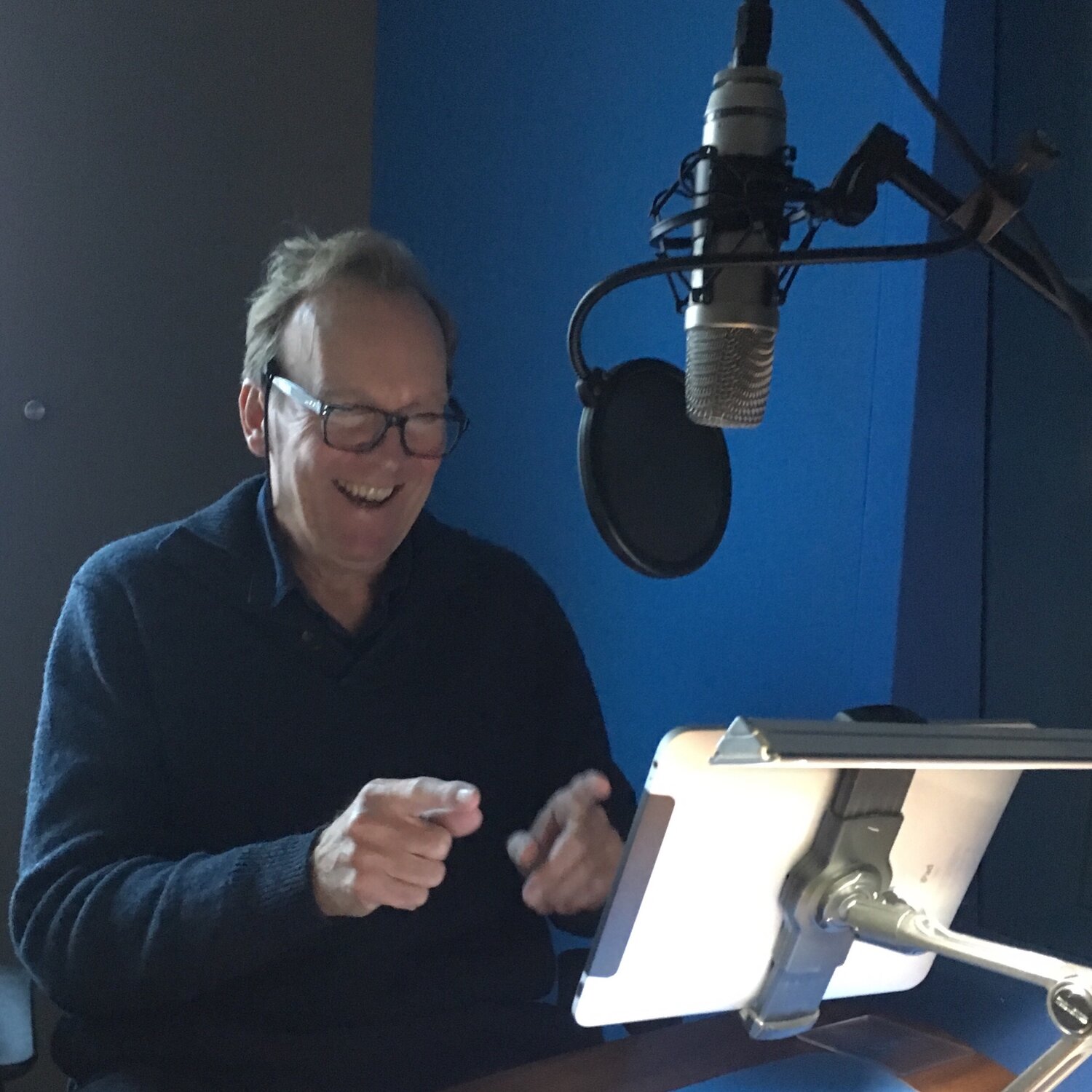61. New light on dancing bees…
Thanks to the pioneering work of Karl von Frisch, we have long known that honey bees returning to the hive can communicate both the distance and the direction of a food source to their hive-mates.
They achieve this astonishing feat by means of a curious ‘waggle dance’ they perform on the vertical surface of the hive - in complete darkness. To make sense of the dance, the ‘followers’ need to be able to do two things. They must keep track of the orientation of the ‘dancer’ relative to the vertical force of gravity (this supplies the course or vector that leads to the food source, relative to the sun’s position in the sky) and also monitor the duration of the dance (which supplies the distance the bee will have to travel to the food source).
For a long time researchers have wondered how the ‘followers’ - who surround the ‘dancer’ on all sides - can possibly keep track of the complicated patterns of the dance.
Ingenious new research by Anna Hadjitofi and Barbara Webb suggests a possible answer.
High speed video recordings reveal that the ‘followers’ adjust the angles of their antennae depending on where they stand in relation to the ‘dancer’.
In principle, if the ‘followers’ knew their own body angle relative to the ‘dancer’ (as encoded in the position of their antennae) and combined that with their heading relative to the vertical force of gravity, they could work out where the food source lies.
Hadjitofi and Webb have shown that navigational circuitry of just the kind employed by fruit flies would enable honey bees to perform all the necessary computations. (The details are a bit complicated - for a full explanation, follow this link to the original research.)
Since honey bees and fruit flies are very likely to share the same navigational circuitry, it is highly probable that Hadjitofi and Webb are onto something really important. But further research will be needed to establish whether they are correct.
